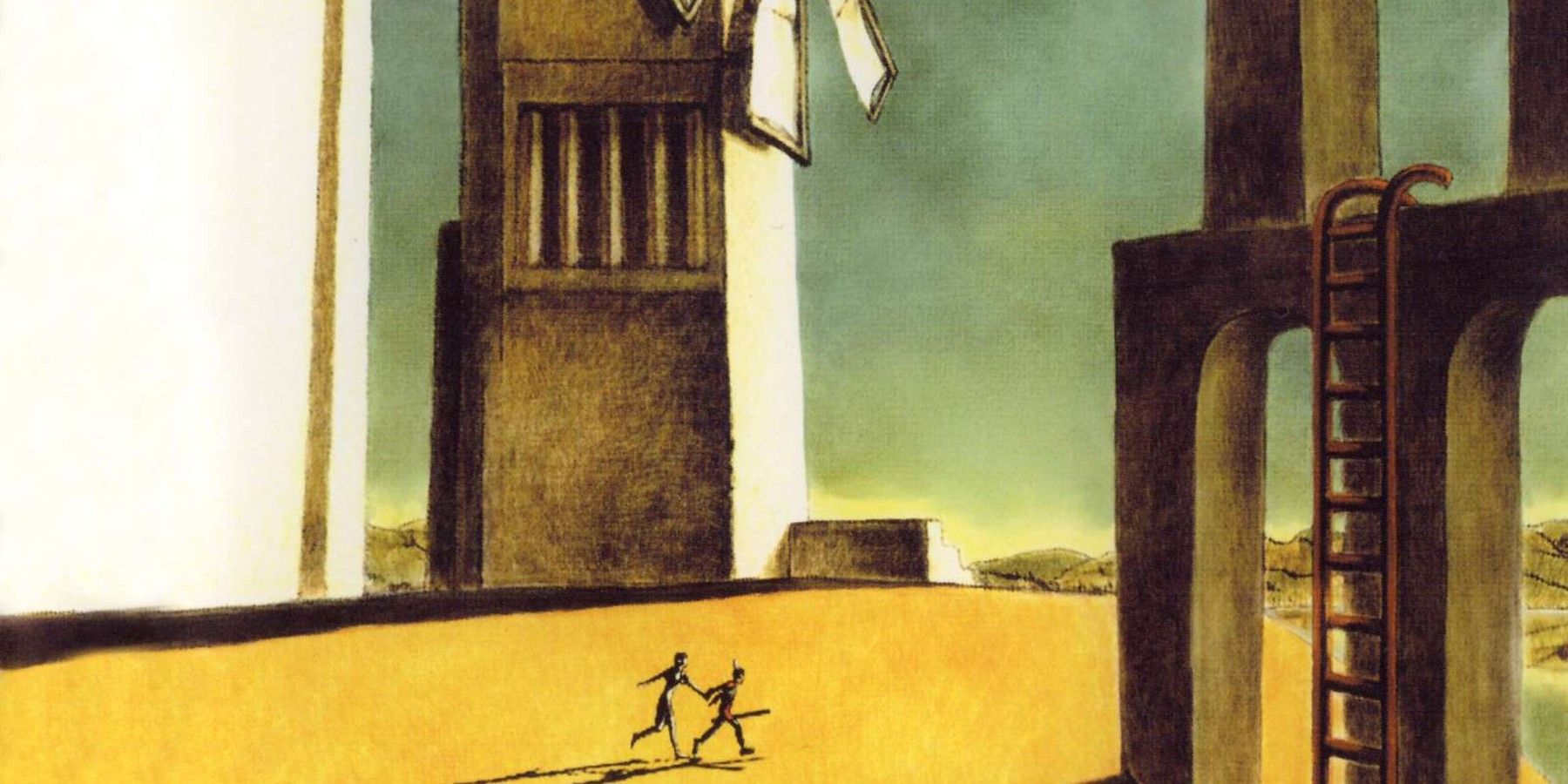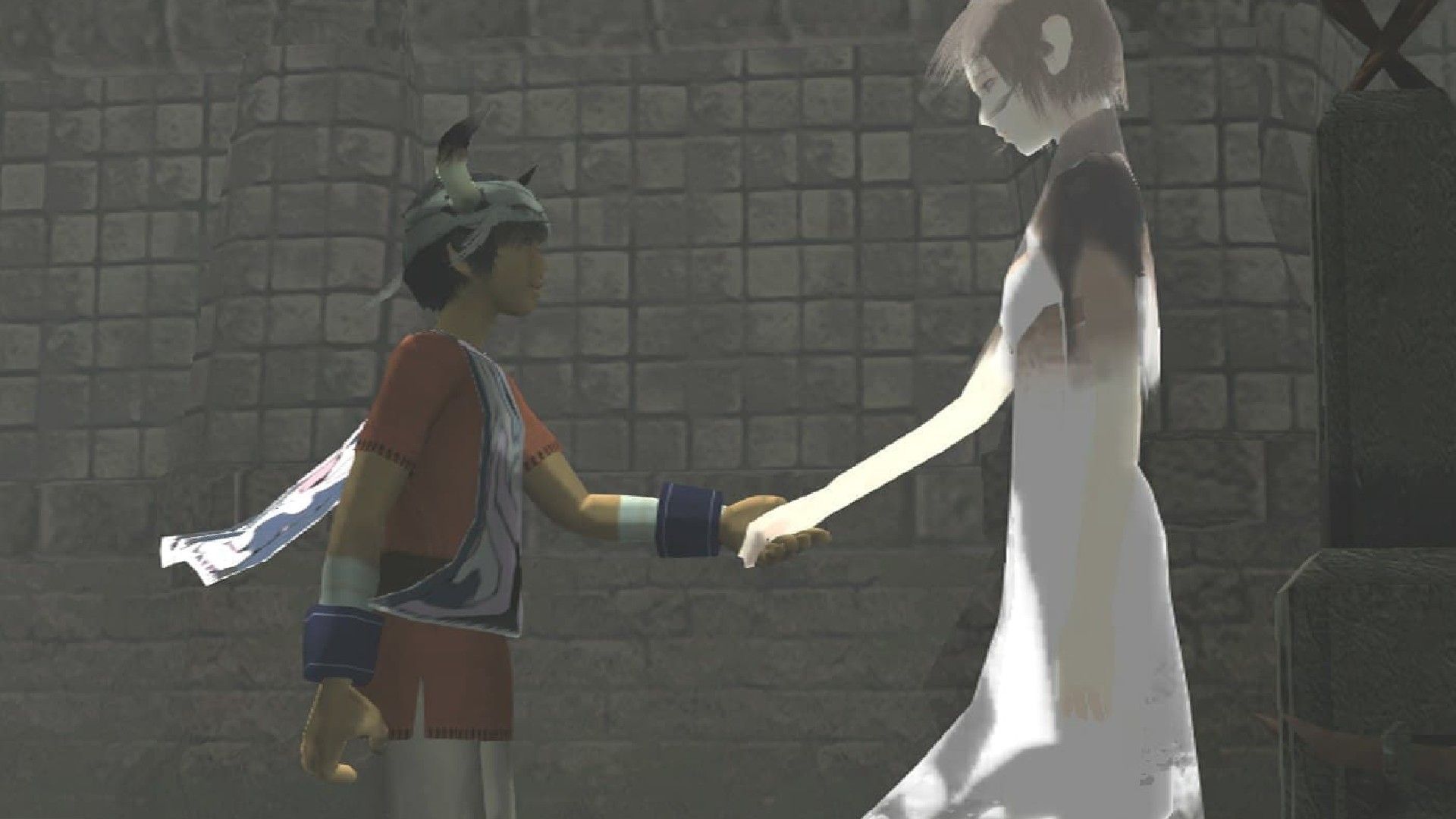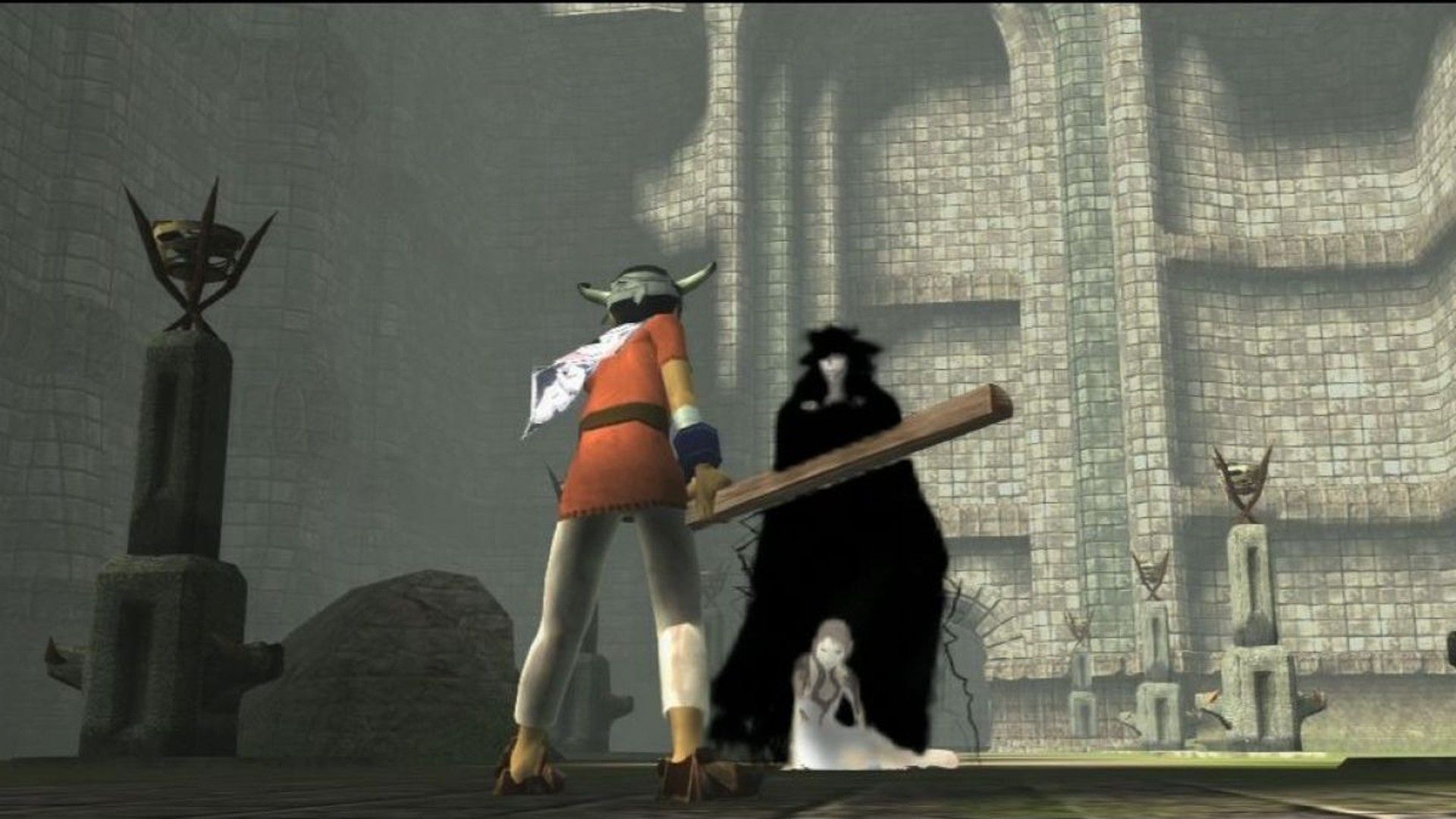It would be hard to envision the shape of modern AAA video games without Ico, the action adventure game developed by Japan Studio and Team Ico, released exclusively for the PlayStation 2 on September 24, 2001. Needless to say, Ico is one of the most important video games ever made, marking the debut of auteur video game director Fumito Ueda and his signature “design by subtraction” design philosophy.
Ico has gone on to inspire countless game developers since its release, thanks to its beautiful blend of minimalist storytelling with perfectly tuned game design that still sends players on an unforgettable journey to this day.
How Ico Came To Be - Design By Subtraction
It's impossible to discuss what makes Ico special without mentioning its passionate and groundbreaking director, Fumito Ueda, who would later go on to lead projects such as Shadow of the Colossus and The Last Guardian. Ueda initially started out studying as an artist before joining the video game industry in 1995 through WARP, a development studio led by cult game designer Kenji Eno. After struggling with the team for a year and a half, he joined Sony Computer Entertainment Japan in 1997 as part of its Japan Studio.
After joining Sony, Ueda was inspired to make a game featuring a young boy guiding an older woman after seeing a commercial on Japanese television of a young boy holding a woman’s hand. Four months later he presented a conceptual trailer to Sony that he had created entirely on his own. This trailer featured a lot of the game’s most crucial elements such as Ico himself, Yorda, and the castle in which the game is set. After impressing the executives at Sony, producer Kenji Kaido was assigned to oversee the project and Ico was greenlit.
The game entered full production in October 1998, however very quickly, the newly assembled Team Ico realized that the level of visual fidelity the team had been hoping to achieve would not be possible on PS1 hardware. Thankfully, Ueda and Kaido were able to convince Sony to allow the game to continue development on the then-upcoming PlayStation 2 shortly after seeing an internal presentation, and by December 1999 the team had built an entirely new graphics engine for the game based around the PS2’s hardware.
In fact, one of the issues Ueda encountered shortly after this was that some of the game’s character designs appeared too realistic, with some of the game’s enemies appearing too violent, which Ueda wanted to avoid. This caused Ueda to completely rethink the game’s design, eventually leading him to coin the phrase “design by subtraction,” in which he removed many elements of the game until it was dismantled to the bare essence of what made it special. This even included completely removing the need for a HUD in-game.
The Artistry of Ico
When Ico released in September 2001, it was immediately apparent that the game was completely unlike anything else released previously. The game followed two characters; a young horned boy named Ico, and a girl named Yorda. The two speak different (fictional) languages, however after the two awaken in a mysterious castle, the player is immediately tasked with guiding Yorda to safety as shadowy creatures attempt to kidnap her.
The crux of Ico is the relationship between Ico and Yorda as the game subverts the traditional "escort mission" game design cliché by making it so that the player needs Yorda to progress. These shadowy creatures continue to attack her if she is left alone for too long, or if Ico gets too far from her.
What Ico is most fondly remembered for is the game's incredible focus and attention to detail regarding its atmosphere, with many of the game's strongest technical elements building a sense of immersion. Interiors in the castle are often spacious and the fixed cameras focus on the center of a given room, creating an oppressive and isolating atmosphere.
However during the few instances where Ico and Yorda leave the castle and explore its exterior, the game's beautiful bloom lighting and desaturated colors take center stage. The player is immediately hit with a strong reminder of how Ico was such a technical marvel 20 years ago, and how that artistry holds up today. This is helped by the game's incredible attention given to the game's sound design, which features very little actual compositions, rather opting for detailed ambience that fits each scene.
One of Ico's most recognized technical advancements at the time was the game's focus on keyframe animation, in which all of the major frames in a characters' animations were painstakingly modeled by the animation team, leading to a visual style that looks decidedly fluid and cinematic. Since Ico, it's become a tradition in Ueda's work that characters are designed to control in respect to their animations, not the other way around, as is common with most games.
This is because Ueda started work in the industry as an animator and was inspired by classic Amiga cinematic platformers such as Another World (Out of this World) and the original Prince of Persia games. The learnings of these Amiga games heavily influenced the game design of Ico: Minimalistic combat in the form of fending off the shadowy creatures that come for Yorda, which is intentonally difficult to control, and the game's puzzles, which often rely on visual tricks and an understanding of the characters' surroundings.
The Legacy of Ico
It's hard to understate the legacy Ico has left and the impact it has had on the games industry. While Ueda would also go on to create more unforgettable journeys like Shadow of the Colossus and The Last Guardian, Ico remains his most influential title ever. The game presented a level of minimalistic artistry never seen in a game before, right down to its Europen and Japanese box art, which Ueda hand-painted himself.
While some of the most clear examples of Ico's influence can be found in indie titles like Brothers: A Tale of Two Sons and Rime, Ico's visual presentation very quickly went on to inspire the likes of The Legend of Zelda: Twilight Princess and Metal Gear Solid 3: Snake Eater. The game even went on to inspire Prince of Persia: The Sands of Time, a reboot of one of the games Ueda himself was inspired by to make the game. The game's approach to narrative has been cited as the inspiration for titles such as Half-Life, Halo 4, and The Last of Us, and the game has even been praised by the likes of filmmaker Guillermo del Toro and Radiohead member Jonny Greenwood.
While Ico was a financial bomb, it was immediately met with critical success, hitting a 90/100 on Metacritic and winning many outlets' Game of the Year award for the highly competitive year of 2001. Ico was remastered for the PlayStation 3 along with Shadow of the Colossus in 2011. This remaster is currently part of PlayStation Now for PS4 and PS5 and, for now, this seems like the only way to play Ico on modern hardware.



